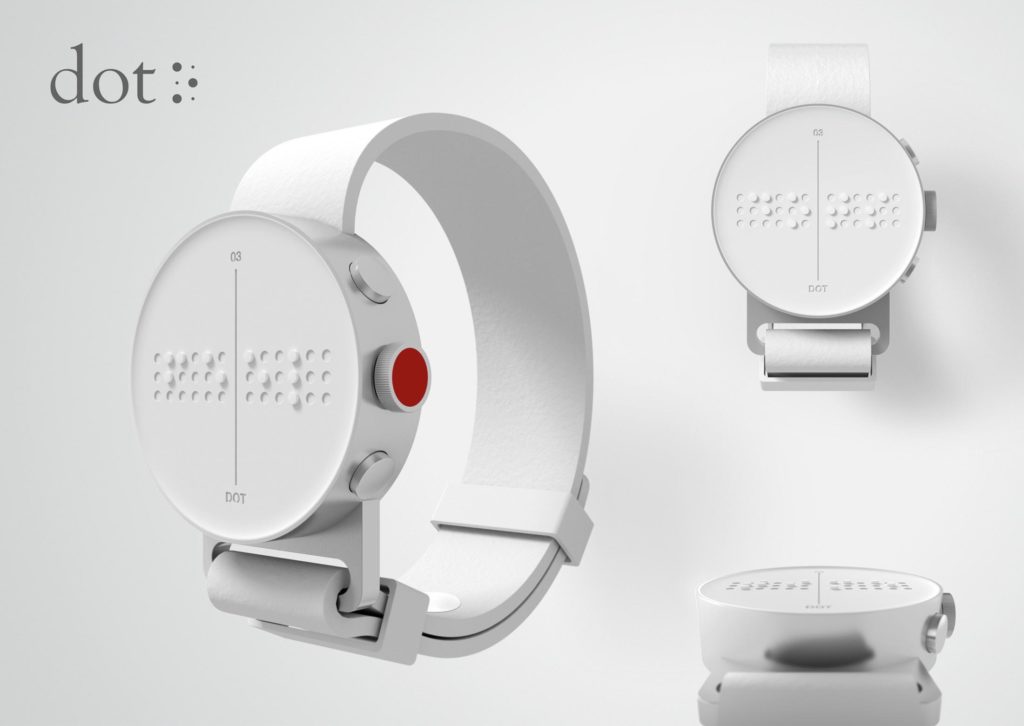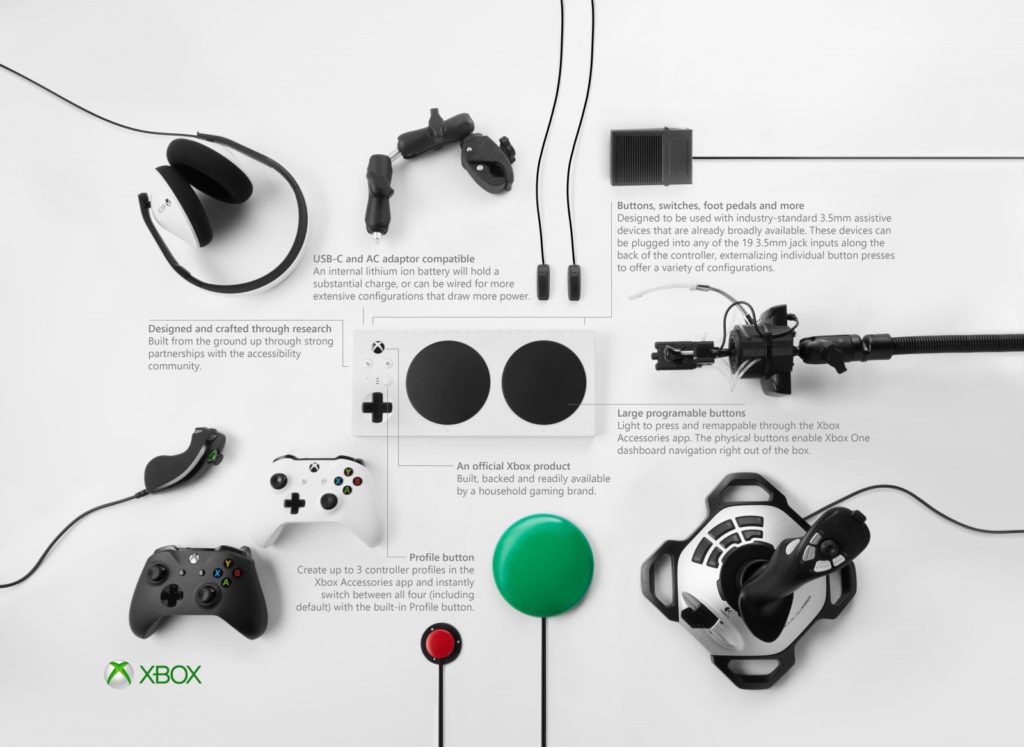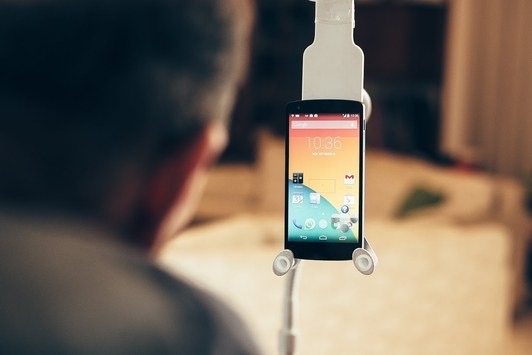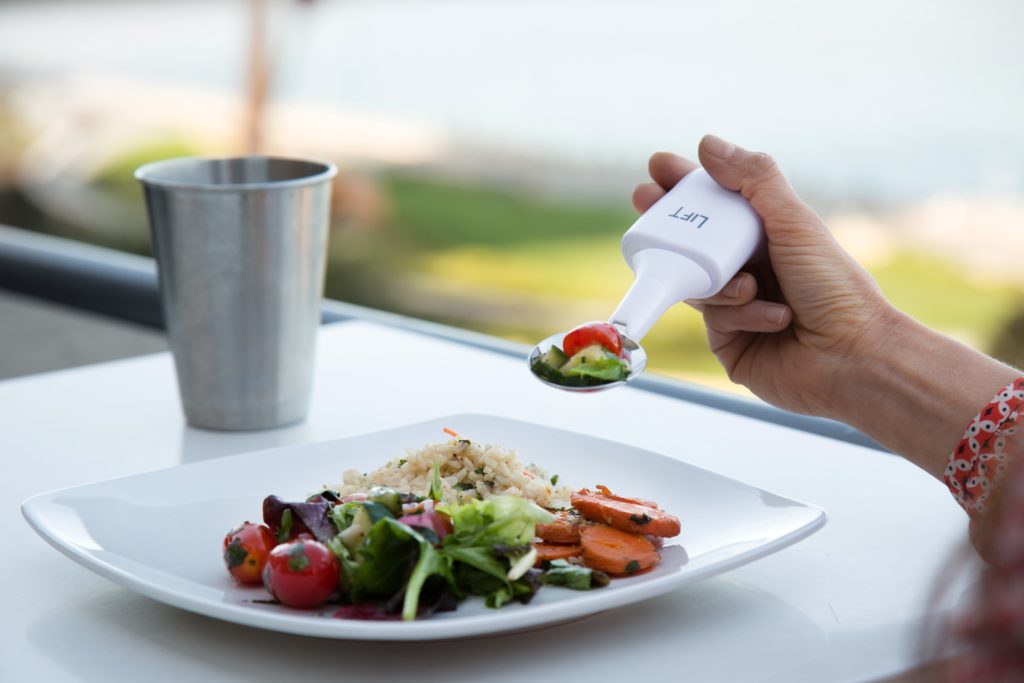ENABLING THE DISABLED: Innovations in Assistive Technology

BY MUHAMMAD SIDDIQ – According to US Census Data, about 1 in 5 Americans identify as having some form of disability . This number is fairly consistent in other parts of the world, such as the United Kingdom where over 13 million people are registered as disabled. While different definitions of disability in result in discrepancies between reports, experts agree that the number of disabled around the world is only increasing. New diseases, stress, increasing lifespan, drug use, and malnutrition all contribute to this increase. Technology companies are now pushing harder than ever to make services that people with impairments can use. Here are just a few of the awesome pieces of tech improving lives around the world:
DOT
For years companies have tried to make watches that are usable by the visually impaired. These watches, often used by touching the hands of the clock, have always had their issues. Dot provides a simple solution, calling itself the world’s first braille smartwatch. Developed in Korea, Dot not only tells users the time, but is also host to smart features. Dot allows users to read app notifications in braille, be notified of phone calls, monitor steps and other activities, and even practice reading braille. The watch is sleek, using aluminum to keep its weight down to 27 grams. Motorized dots on the watch face are raised and lowered to allow the user to read it just like they would read braille on paper. It boasts an impressive 10 day battery life, a touch sensor, gyroscope, vibration and bluetooth. Dot is a practical solution to a problem not many people consider these days. Dot can be ordered online starting at $399.
 GOOGLE MAPS ACCESSIBILITY ROUTES
GOOGLE MAPS ACCESSIBILITY ROUTES
Technology has made navigation, once an irritating process, simple and available from the palm of your hand. Gone are the days of driving aimlessly looking for signs or clumsily using a huge paper map. Over the past few years Google Maps has dominated navigation, reporting over 150 million unique users per month as recent as April 2018 (Statista). Google is constantly improving their products, and one of their recent additions to Google Maps is catered directly to wheelchair users. Added in March of this year, the feature currently helps those with mobility needs navigate public transportation. Currently, the feature is available in London, New York, Tokyo, Mexico City, Boston and Sydney, but more locations are on the way. The feature is easy to use, simply requiring one to tap “wheelchair accessible” as the route type.
Along with these routes, Google has been working hard to add more accessibility information to location pages. Information regarding whether a place has accessible bathrooms, and step free entrance has been added to over 12 million locations after surveying guides from around the world. Street view images are also constantly being added and updated so that people can view areas before they visit. Google has been working for years to make a more accessible world not just for wheelchair owners, but also people using crutches or pushing a stroller. It will be exciting to see how the project expands and evolves in the future.
 XBOX ADAPTIVE CONTROLLER
XBOX ADAPTIVE CONTROLLER
Video games have long been an outlet for people to connect with friends, experience rich storytelling and spend a little time away from the busy routine of life. Traditional video game controllers have proved to be difficult to use for people with limited mobility in their hands. For years, devices that made gaming more accessible have been very limited, expensive and only available through organizations creating custom solutions. Earlier this year, with the announcement of the Xbox Adaptive Controller, Microsoft decided to take the matter into its own hands. Microsoft CEO, Satya Nadella, spoke about how Microsoft believes that technology should be inclusive of everyone around the world. Microsoft partnered with The AbleGamers Charity, The Cerebral Palsy Foundation, Craig Hospital, SpecialEffect, and Warfighter Engaged to create a device that is affordable, adaptable and easy to set up. Microsoft worked closely with these organizations to consider those who could not reach all the buttons or hold a traditional controller for an extensive period of time.
The Xbox Adaptive Controller was completely designed with accessibility in mind. Even the packaging keeps those with limited mobility in mind. There are no twist ties, zip cords or rough edges that can cause cuts. A special lever system on both the shipping and retail packaging holds the boxes together. Once a tear strip is removed the box simply unfolds using a single hinge. The box features a low center of gravity that provides stability.
Once unboxed, the Adaptive Controller can be used as a unified hub for a number of devices that make gaming accessible. Along two large programmable buttons and a directional pad on the top, the adaptive controller features numerous inputs on the sides. These inputs can be used to plug in numerous devices such as foot switches, motion controllers, pedals, and various styles of joysticks. Numerous mounts can be purchased to attach the device to wheelchairs, beds, etc. Using these inputs and mounts individuals can create the perfect input device to cater to their needs. The accessory list for the device is expected to continue growing and at only $99, Microsoft has engineered an affordable way to make one of the world’s most popular forms of entertainment even more inclusive.
 OPEN SESAME
OPEN SESAME
Millions of people around the world are unable to use their hands as a result of spinal cord injury, ALS, stroke, and other diseases that restrict motor function. Limited use of the hands prevents many people from doing day to day tasks such as using a cell phone. Open Sesame, developed by Sesame Enable, is the world’s first touch free smartphone app.
The idea for Open Sesame first came to be when CEO Oded Ben Dov appeared on TV showing off a game that used head gestures as its control method. Giora Livne, who is quadriplegic, contacted Oded the next day and asked if he could create a smartphone that can be used without hand movement. The two quickly partnered up and began working on the project.
Open Sesame uses a combination of voice control and head movement tracking to give people full touch-free control over their smartphones. A simple “open sesame” unlocks the phone and from there a cursor follows the the user’s head movements. This combination of control methods allows the user to do anything from texting to browsing the web. Open Sesame can be used for as little as $19.99 a month. A full kit which includes an android device, a mounting kit, and 2-year licensing can be purchased for just over $1000. Open Sesame has been nominated for Best Accessibility Experience at the Google Play Awards and is easily downloadable on the Google Play Store for anyone to use.
 LIFTWARE STEADY
LIFTWARE STEADY
Around the world, people suffering from hand tremors have difficulty doing basic tasks such as eating. These tremors can be the result of medical conditions such as Parkinson’s Disease or Multiple Sclerosis. In 2012, a group of scientists and engineers came together to form Liftware, a company that creates eating utensils for those with tremors.
Liftware Steady uses a series of sensors including an accelerometer to detect hand motion. An on-board computer can distinguish intentional and unintentional movements. Motors in the handle of the utensil move the utensil in the opposite direction of any tremor. Liftware Steady is compatible with multiple attachments allowing it to be used as a soup spoon, everyday spoon, fork or spork. It contains a rechargeable battery which lasts approximately 3 meals. The Liftware Steady Starter Kit is available for $195 and comes with a travel pouch, handle, spoon attachment and charger. Additional utensil attachments can be purchased for $35 each. Tremors make a simple task such as eating, that we often take for granted, incredibly difficult. Liftware Steady has become the leading solution to this problem.
